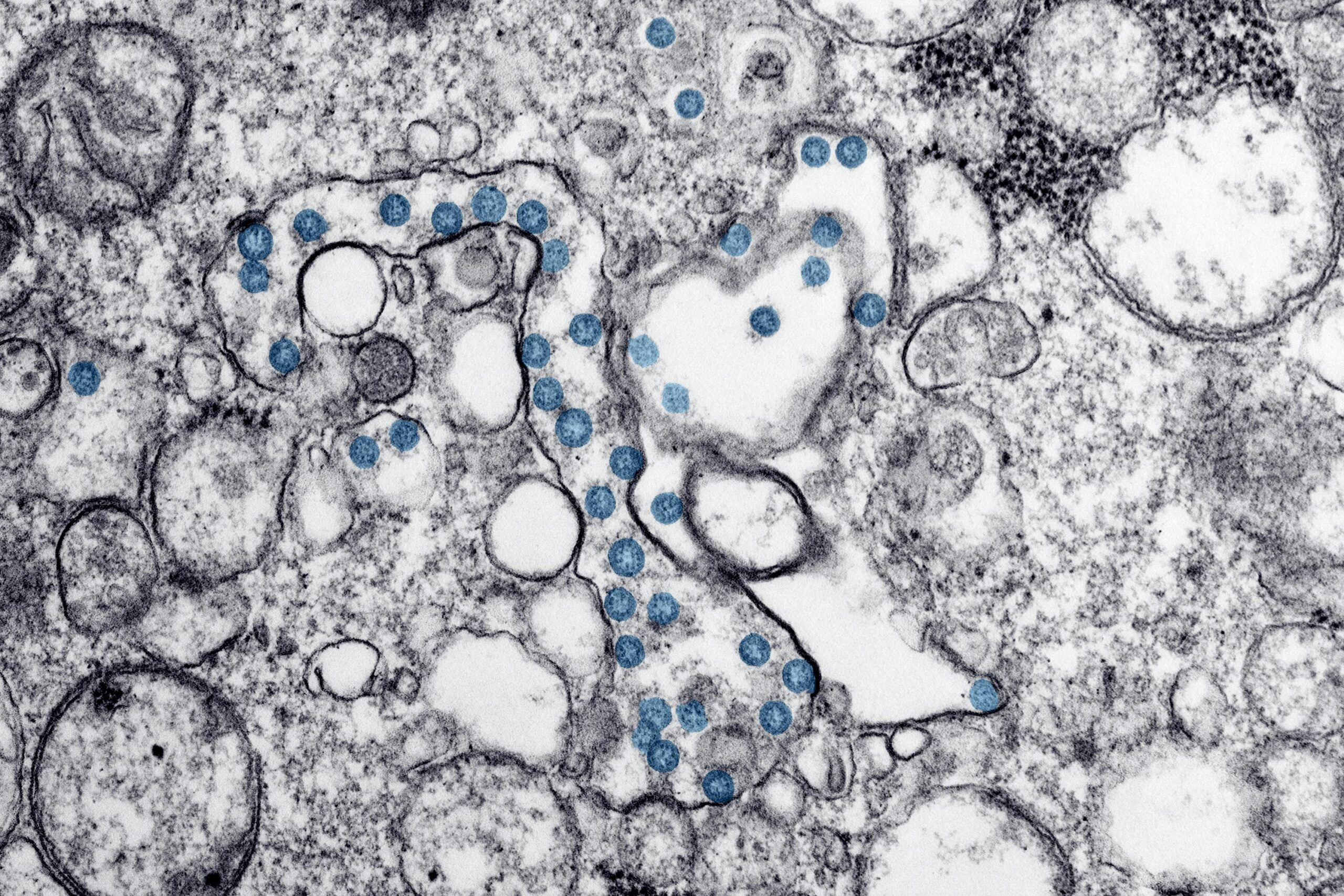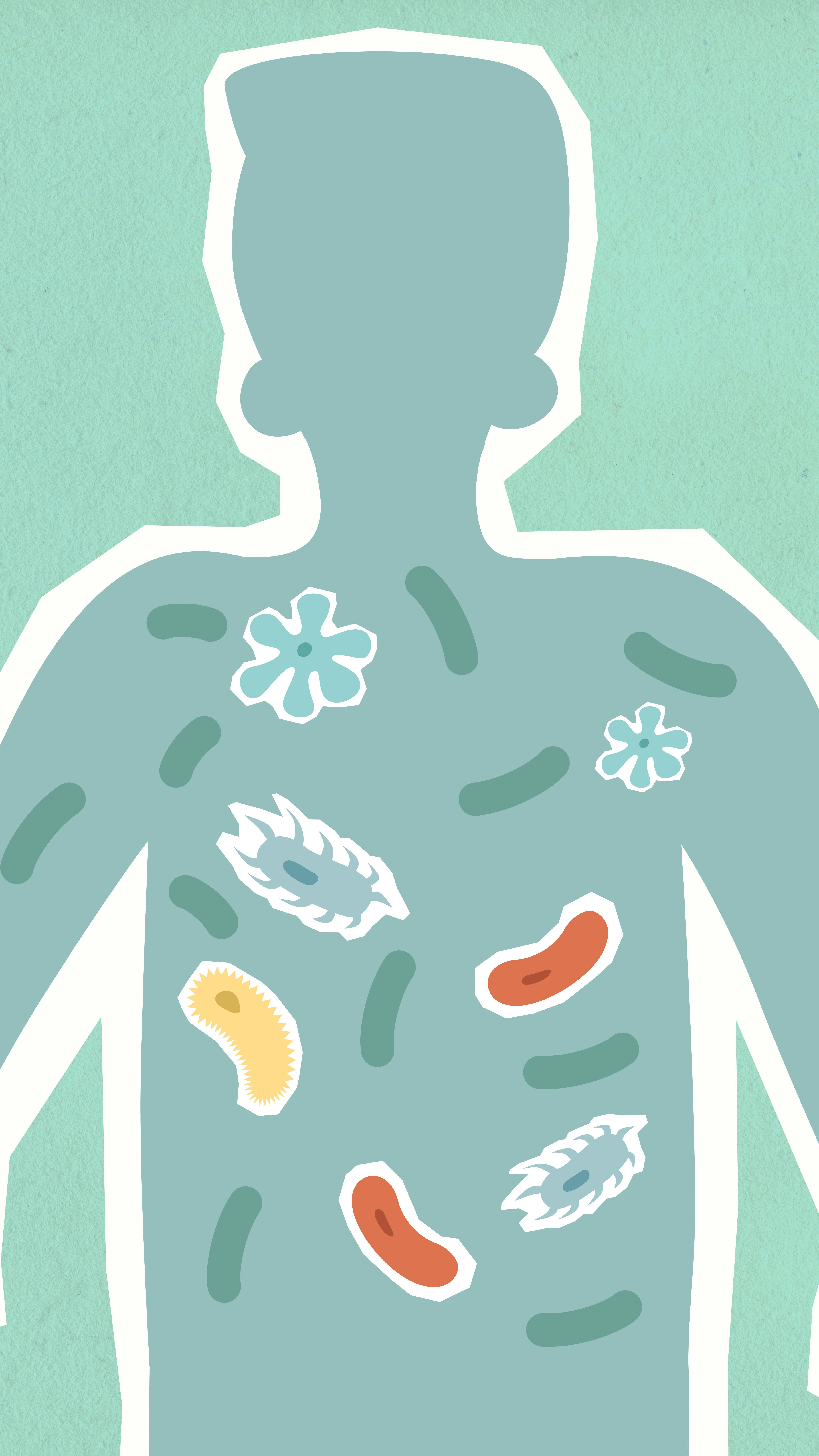The human gut microbiome consists of a wide variety of bacteria (99.9%) and other microbes such as fungi. To maintain a healthy symbiotic relationship, pathogenic species of bacteria such as E. coli work alongside beneficial types, creating a balanced ecosystem that carries out vital bodily functions. Aside from keeping the good bacteria in check, however, E. coli may play a secondary, crucial role in preventing harmful infections, according to a recent study.
The Benefits of E. coli “The Bad Bacterium”
E. coli has gained a bad rap for its negative aspects. Sepsis – infection of the blood – and even cancer may be caused by some strains of E. coli. However, there are several harmless strains, most of which help develop a healthy host-microbe connection during or shortly after birth. A group of researchers from LMU Munich set out to investigate how the beneficial strains of E. coli serve to protect the body from invading pathogens – specifically of the genus Salmonella.
The key factor to keeping any invading microbes at bay is resources. The competition for available food sources, according to lead researcher Bärbel Stecher, is the mechanism by which certain strains of E. coli prevent the bacterium Salmonella from becoming overpopulated. “We discovered that, in particular, competition for a variety of sugars in the gastrointestinal tract can account for the failure of Salmonella to colonize the gut,” says Stecher in a statement.
Stecher is a Professor of Medical Microbiology and Hygiene in the Max von Pettenkofer-Institute at LMU Munich and a member of the German Center for Infection Research (DZIF). She and her team found that Salmonella, like most pathogens, requires specific nutrients to multiply. However, the carbs necessary for growth are in high demand.
“If commensal E. coli consume all the sugar substrates, leaving nothing behind for Salmonella, the risk of infection is strongly decreased,” Stecher explains. But in order for this to occur, the team found that the microbiome must be rich in various species of microbes, not just E. coli.
A Surprising Alliance
“If the complexity of the microbiome is too low, its members cannot consume all of the sugar substrates that Salmonella strains depend on, and this opens up opportunities for the pathogen to become established,” says Stecher.
She and her team investigated this complex symbiosis using mouse models. Healthy mice, each with 12 known species of gut bacteria including E. coli, were infected with Salmonella. The combination of gut microbes seemed to aid in the downregulation of Salmonella by taking up available resources. However, a lack of Lachnospiraceae, in particular, prevented E. coli from inhibiting Salmonella infection, according to the results.
“This strengthens our conclusion that a combination of competition for carbon sources and complex interactions between bacterial species can protect the host against bacterial infections,” says Stecher. Lachnospiraceae are common anaerobes in the human gut, which has prompted Stecher to further investigate this beneficial relationship in humans.
“At some point, our work could then help to develop treatments, such as probiotic bacterial cocktails that support the maintenance of a healthy microbiome,” says Stecher.
This study is published in Cell Host & Microbe.











